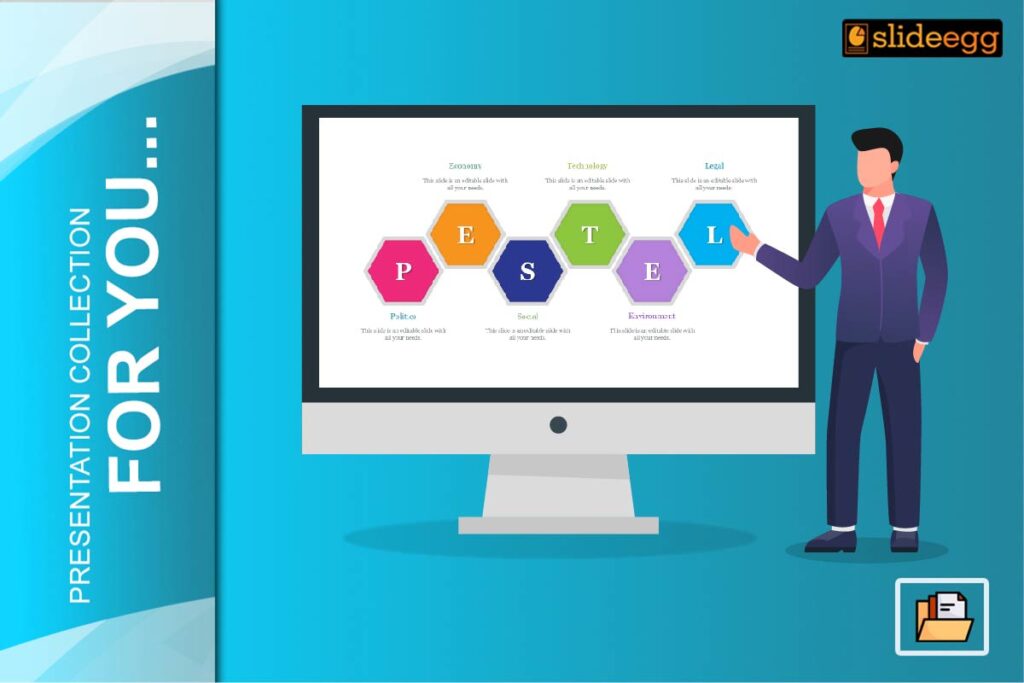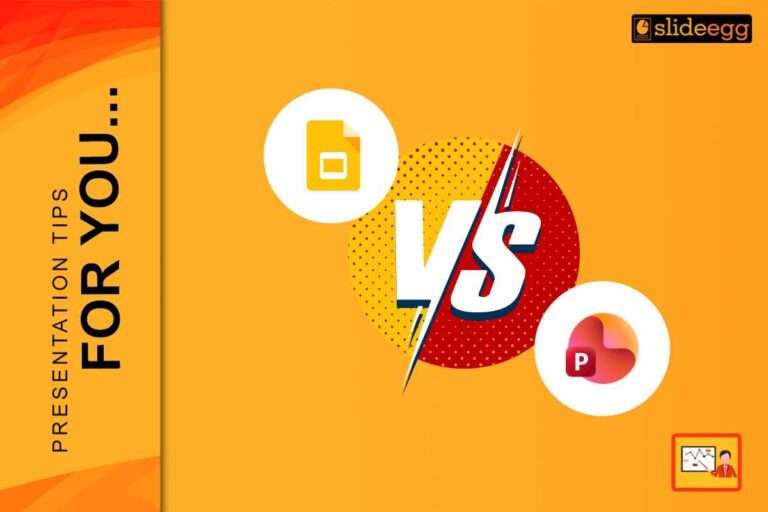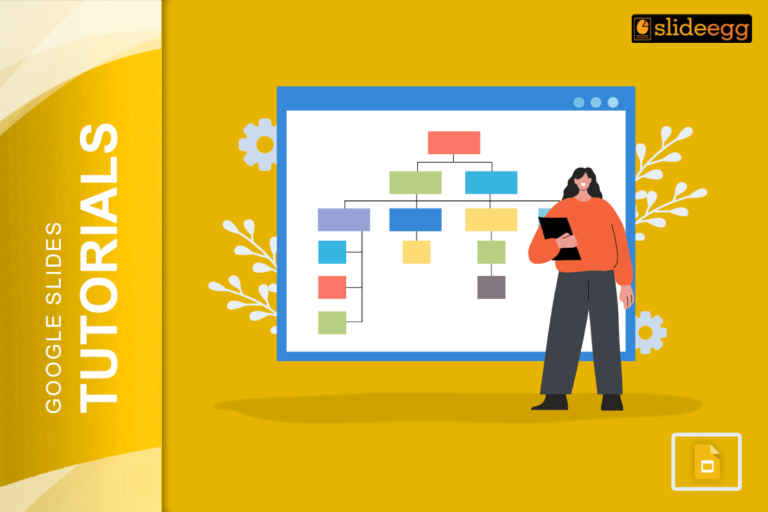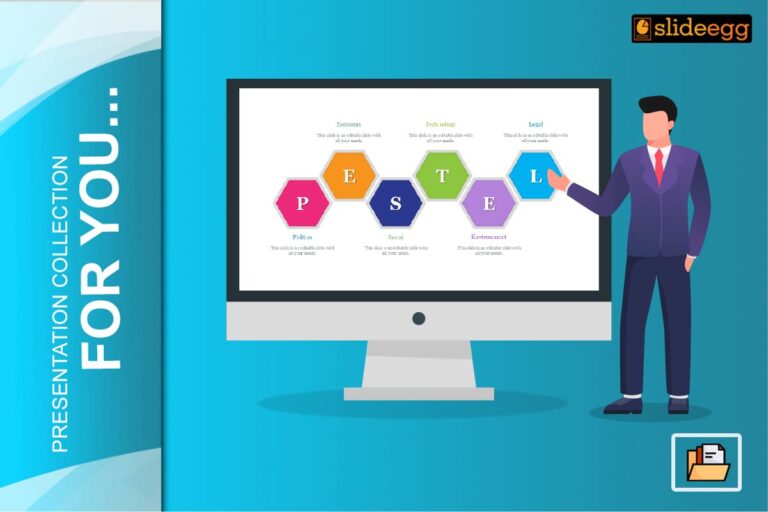While designing a strategy roadmap PPT template, you need to be straight to the point and make it interesting. Using PowerPoint animations is one way to do so. You can underline huge milestones and progress in your roadmap, serving as a guide for others to track things easily for a better grasp of your plan. This article will look at how to use PowerPoint animations to set your strategy in motion.
Introducing PowerPoint Animations
PowerPoint animations are like the movie special effects that are going to make your slides so much more dynamic with a touch of movement and visual interest. No matter if it is a roadmap PowerPoint template or some other kind of presentation, the feature of animation will make sure that the messages get across better to the audience.
Why use animations in roadmaps?
So, why use animations in your roadmap presentations? Imagine now, watching a story unfold, with every scene setting the stage for another. Animated elements can do the same to your timeline. They can embellish progress, outline important things, and make the generic presentation much more interesting. This will not only retain the attention of the audience but also aid in absorbing information.
Getting Started with PowerPoint Animations
Knowing the basics of PowerPoint animation is a prerequisite to getting into the details of the topic. The Animations tab is inside the ribbon in PowerPoint. Further inside the Animations tab, there are other available animations such as Entrance, Emphasis, Exit, and Motion Paths. Each has different uses, and knowing when to use them will make the difference between a flat and an engaging presentation.
Appropriateness of Styles for Animations
Not all animations are created equally. On one hand, there are subtle and professional solutions; on the other hand, there are more playful ones. At that point, you will know what kind to use while designing a roadmap template. This will give you a tone of presentation and maintain a flavor. For instance, a simple fade-in will be more appropriate for professional surroundings, whereas a dynamic fly-in can be used for more informal — even creative — kinds of presentations.
Entrance Effects for Emphasizing Key Points
As the name suggests, entrance effects are animations built to introduce an object onto the slide. These are particularly appropriate as you introduce a new section or key point in your timeline. For instance, the Appear or Fade animation can be used whenever major milestones are introduced in the strategy. By doing so, every point gets underlined as you explain it to the audience, thus making it easier to follow.
Add Emphasis Animations for Highlighting Progress
Emphasis entry animations in PowerPoint allow you to highlight the progress or change in your content. There are different ways to make an object stand out in an entry, such as changing color, and size, or adding some subtle glow. This works well for emphasizing the milestones you have achieved, or maybe some important dates.
Demonstrating Movement using Motion Paths
Motion paths are a great way to demonstrate movement or progress on your timeline. For instance, if your timeline consists of steps or stages, then you can animate a motion path and get your audience to walk themselves through each one of the slide stages of your timeline. It is far the same as walking someone through a path, to show that one leads to the other.
Timing and Duration: Making Everything Smooth
Timing and duration are two key playing parameters for PowerPoint animations. You want your animations to play not too fast or too slow. Smooth flow does not irritate the audience at all. You can set these through an animation pane that allows every single animation to play at the right time and run for an ideal duration.
Apply Transitions between Slides
Transitions We are talking about the series of animations from one slide to another. It is not the real meat and potatoes, but it can put a nice touch to your presentation if used effectively. Simple transitions, such as Fade or Push, work very well in professional presentations, while sophisticated transitions find their rightful place in creative or informal settings.
Accessibility and Clarity
They can make your presentations more interesting, but the animations should not take away the content. Simple and straight-to-the-point animation should be applied. The needs of all audiences, including those who may be visually impaired, need to be considered. Also, easy-to-follow-through types of animations should be used, not a complex or long sequence of steps.
Practical Examples of Animated Roadmaps
Let us consider one practical example. Suppose you are going to present a product development roadmap. Best fit of entrance effects for the phases of development, emphasis effects for outline key achievements and motion paths from one phase to another. It won’t only improve the look and feel of the roadmap; it will make it more understandable.
Common Mistakes to Avoid
While animation can be a very powerful tool, it is equally easy to overdo. Common mistakes include too many different types of animations, making them too jazzy, and animations that are too slow or too fast. Always test your presentation to be certain that animations enhance your message, not detract from it.
Conclusion
Adding animations to your roadmap PowerPoint template really elevates the standards of your presentation. You add interactivity and informativeness for your audience by entering the right styles of animation and running them through to show how to start, and end key information, and show progress. Just make sure to make the animations smooth, simple, and purposeful.
Frequently asked questions
1. How do I choose the best animations for my roadmap presentation?
Consider the tone and the message you want to bring across in your presentation: subtle animations are best for professional settings, while more dynamic ones are those that can be applied in creative presentations.
2. Can too many animations be a disturbance?
Yes, putting too many animations will irritate your audience and be a disturbance to your message. Best apply them sparingly and on purpose.
3. How can I make the animations accessible to everybody in the audience?
Keep it simple; not too much to animate in one sequence, always having in mind the visually impaired person and trying to have it as easy as possible to follow.
4. What is a motion path, and how do I use one?
Motion paths are those animated illustrations that present motion. You can use them to lead your audience step by step or phase by phase through your roadmap and make clear to them how the information flows.
5. Are the transitions between the slides of any importance?
Yes, transitions can add a certain degree of professionalism to your presentation, but they should be applied subtly if a professional effect is to be presented.







